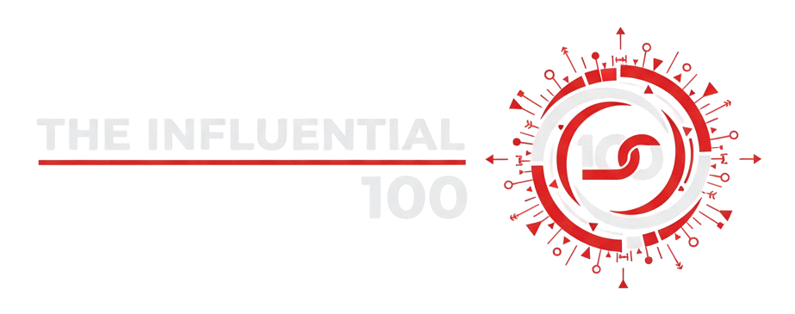Europe Moves Toward Unified AI Regulation — Balancing Innovation and Accountability
POLITICS Europe Moves Toward Unified AI Regulation — Balancing Innovation and Accountability Europe is doubling down on a continent-wide regulatory approach to artificial intelligence, advancing a unified framework aimed at preserving innovation while imposing robust safeguards for rights, transparency, and public trust. The EU’s phased rollout of the AI Act and complementary guidance is positioning Europe as the first major jurisdiction to operationalize a comprehensive, risk-based governance model for AI — one that seeks to harmonize market scale with accountability. From Principle to Practice: A Phased Compliance Pathway The EU AI Act entered into force in 2024 and is being implemented on a staggered timetable so industry, regulators, and civil society can operationalize its provisions. Key milestones have already taken effect — including prohibitions on unacceptable-risk systems — while governance obligations and rules for general-purpose AI (GPAI) are being phased in over 2025–2026. This “phased assurance” model is designed to avoid abrupt market disruption while delivering legal clarity. Concrete Guidance for High-Impact Models To translate high-level rules into operational practice, the European Commission has published targeted guidelines for GPAI providers and other implementing instruments. These clarifications address transparency, systemic-risk mitigation, and lifecycle obligations — signaling that regulators expect measurable, auditable controls around model development, data provenance, and governance. For enterprises, the message is clear: compliance will require engineering, legal, and product teams to work as a single cross-functional delivery unit. Member States Aligning National Law with EU Goals Beyond EU-level instruments, several member states are moving to align domestic law and enforcement architectures with the bloc’s standards. Italy’s recent AI law is an example of national legislation that echoes the EU’s human-centric orientation while adding local enforcement mechanisms and funding to spur innovation. This cascading alignment reduces fragmentation risk and creates a more predictable single market for AI products and services. Market Impact: Accountability as Competitive Advantage The regulatory push is reshaping commercial strategy. Firms that proactively embed transparency, auditability, and human oversight into product roadmaps will likely gain first-mover advantages in Europe’s large, procurement-sensitive public and private markets. Conversely, companies that treat compliance as a checkbox risk costly retrofits or market exclusion. In short: regulatory rigor is fast becoming a market differentiator, not merely a compliance cost. “ True regulatory leadership doesn’t stifle invention — it defines the rules that let innovation scale responsibly across borders. International Ripple Effects and Strategic Investment Europe’s regulatory clarity is catalyzing parallel policy work internationally and has been accompanied by substantial public-private investment initiatives designed to keep European AI capabilities competitive. The bloc’s investment pledges and coordinated funding mechanisms aim to ensure that governance does not come at the expense of industrial capacity — a pragmatic recognition that regulation and strategic investment must co-exist. Persistent Challenges: Enforcement, Interoperability, and Equity Despite momentum, practical challenges remain. Regulators must scale enforcement capacity, resolve tensions between transparency and trade secrets, and ensure interoperability between the EU regime and other national frameworks (notably the UK, US, and China). There is also a socio-economic dimension: bridging capability gaps so SMEs and public-sector organisations can comply without being outcompeted by deep-pocketed incumbents. Strategic Imperatives for Organisations For organisations operating in or with Europe, five immediate imperatives emerge: Treat regulatory compliance as a product and engineering requirement. Build interoperable audit trails and model cards to satisfy transparency obligations. Invest in governance functions (risk, legal, safety, and ethics) that can integrate with R&D. Design procurement and vendor-management policies around demonstrable AI controls. Engage constructively with regulators and standards bodies to shape pragmatic implementation. These steps are not simply defensive — they unlock commercial certainty and accelerate adoption among risk-sensitive customers. Related Articles Europe Moves Toward Unified AI Regulation — Balancing Innovation and Accountability AI in Classrooms: How Global Schools Are Redefining Personalized Learning in 2025 UNESCO Empowers Caribbean Nations with New Framework for Health and Well-Being in Schools Samsung Unveils Galaxy XR — The Lightweight Mixed-Reality Headset Challenging Apple’s Vision Pro Load More

